Festivals and Cultural Highlights of Nepal – A Celebration of Devotion and Diversity
Nepal, the land in the lap of the Himalayas, not only famous for towering mountains and beauty of landscape—it is also diverse in culture, tradition, and festivals. Nepal is a melting pot of religions, languages, and ethnic groups, and its cultural diversity is celebrated in full color through the festive mood. The festivals here are not just religious in nature but also enshrined in the history of the country, lifestyle, and phases of seasons.
Here we have some of the most striking festivals and cultural highlights of Nepal that make it all the more fascinating.
1. Dashain – The Longest and Grandest Festival
Dashain is Nepal's largest and longest Hindu festival, spanning 15 days, usually around late September to early October. It commemorates the triumph of good over evil in the form of Goddess Durga triumphing over demon Mahishasura.
Cultural Highlights
-
Families gather, share feasts, and are blessed by elders.
-
Animal sacrifices are performed in temples.
-
Houses are cleaned and decorated to welcome the goddess.
- Dashain is a time of celebration, reverence, and tradition that brings families and communities together.
2. Tihar – The Festival of Lights
Typically compared to India's Diwali, Tihar is a five-day Hindu celebration that occurs in October or November. It has one day dedicated to praying to each of a variety of animals, gods, and even people.
Cultural Highlights:
-
Worship of crows, dogs, cows, and oxen for their role in daily life.
-
Laxmi Puja involves the goddess of prosperity being worshipped.
- Oil lamps and rangoli designs of color light up houses.
- Brothers and sisters celebrate Bhai Tika, trading gifts and blessings.
- Tihar is a light, life, and love festival.
3. Holi – Festival of Colors
Holi is celebrated in the month of March to welcome the onset of spring and the triumph of good over evil. It's one of the most colorful and festive festivals of Nepal.
Cultural Highlights:
-
People put colored powders and water on each other.
-
Traditional music and dance take over the streets.
- Sweets and drinks are passed between friends and families.
- Holi brings people together regardless of their background in the spirit of oneness and joy.
4. Buddha Jayanti – Lord Buddha's Birthday
Nepal is the land of the Buddha, Siddhartha Gautama. His birth, attainment of enlightenment, and death are commemorated during Buddha Jayanti, which usually occurs in April or May.
Cultural Highlights:
-
Festivals are observed at Lumbini (his birthplace), Swayambhunath, and Boudhanath.
-
Devotees light butter lamps and recite prayers.
- Monasteries conduct special rituals and teachings.
- This peaceful festival is a reflection of Nepal's deep Buddhist tradition.
5. Indra Jatra – Living Gods' Festival
Among the most spectacular of Newar festivals, Indra Jatra is enjoyed in Kathmandu in September.
Cultural Highlights:
-
The living goddess Kumari is paraded on a chariot through the city.
-
Traditional masked dances like Lakhey and Pulukisi amuse the multitudes.
- God Indra and ancestors are both honored.
- It's a beautiful mix of religious faith, myth, and royal tradition.
6. Maghe Sankranti – Welcoming Warmer Times
Maghe Sankranti is celebrated in mid-January and is the winter solstice.
Cultural Highlights:
-
Family members gather to enjoy traditional foods like til ko laddu (sesame seed sweets), yams, and ghee.
-
Believers take holy dips in holy rivers.
- It is a festival of health, prosperity, and arrival of warmer times.
7. Teej – A Festival of Women
Teej, which is observed mainly by Hindu women, celebrates the marriage of Goddess Parvati with Lord Shiva. It usually falls in August or early September.
Cultural Highlights:
-
Women dress up in red saris, sing classical music, and dance.
-
They fast and pray for marital happiness and good health.
- Temples, especially Pashupatinath, are packed to the brim with pilgrims.
- Teej is a celebration of womanhood, piety, and untamed spirit.
Nepal's festivals are not on the calendar, but a lifestyle. Whether it is a festive street procession, a quiet morning prayer, or a joyful family reunion, these cultural festivities capture the Nepali spirit. They bind people, connect generations, and preserve old traditions.
If you are planning to visit Nepal, plan your tour during one of these festivals so you get to experience the true pulse of the nation.
Recent Post
-
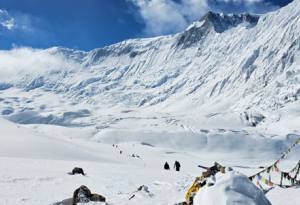
Save The Himalaya
Trekking Tips -
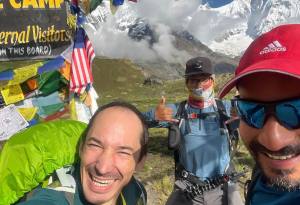
Discover the majestic Annapurna Region: A Trekker's Paradise
Trekking Tips -
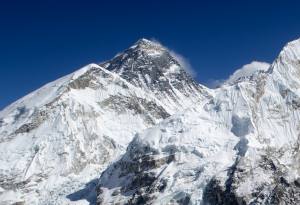
Trek To Everest Region
Trekking Tips -
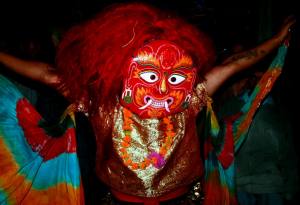
Festivals and Cultural Highlights of Nepal – A Celebration of Devotion and Diversity
Tourism In Nepal -
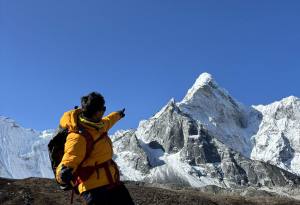
Adventures Beyond the Summit: Things to Do on Mount Everest
Trekking Tips -
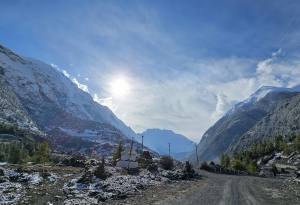
Top 10 Trekking Routes in Nepal for 2025
Trekking Tips -
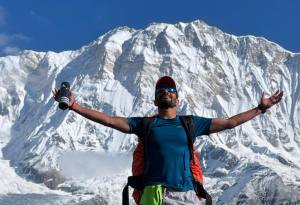
Nepal: Where Nature’s Majesty Meets Timeless Beauty
Tourism In Nepal -

Everest Base Camp vs Annapurna Base Camp Trek | Which is Best for You?
Tourism In Nepal -
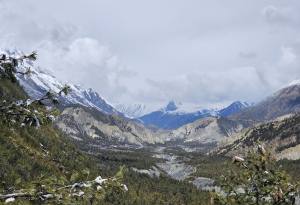
A Guide to Responsible Trekking: Leave No Trace in Nepal
Trekking Tips